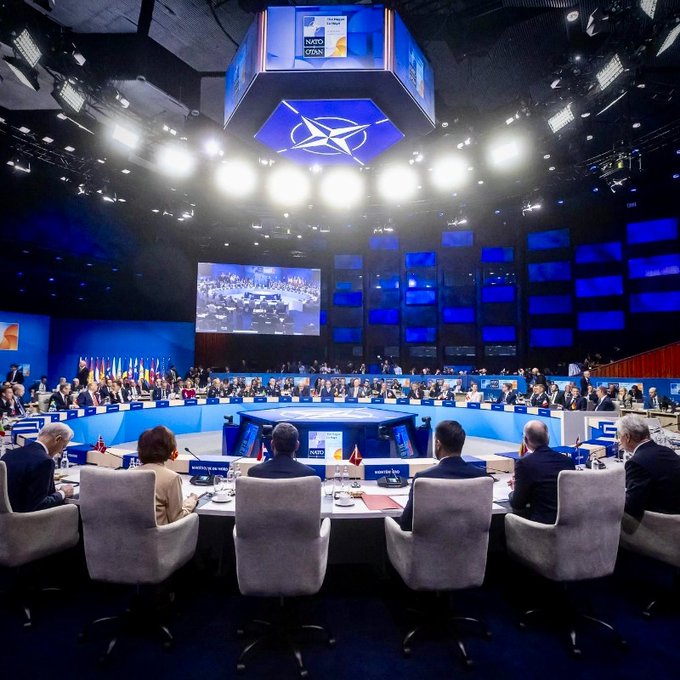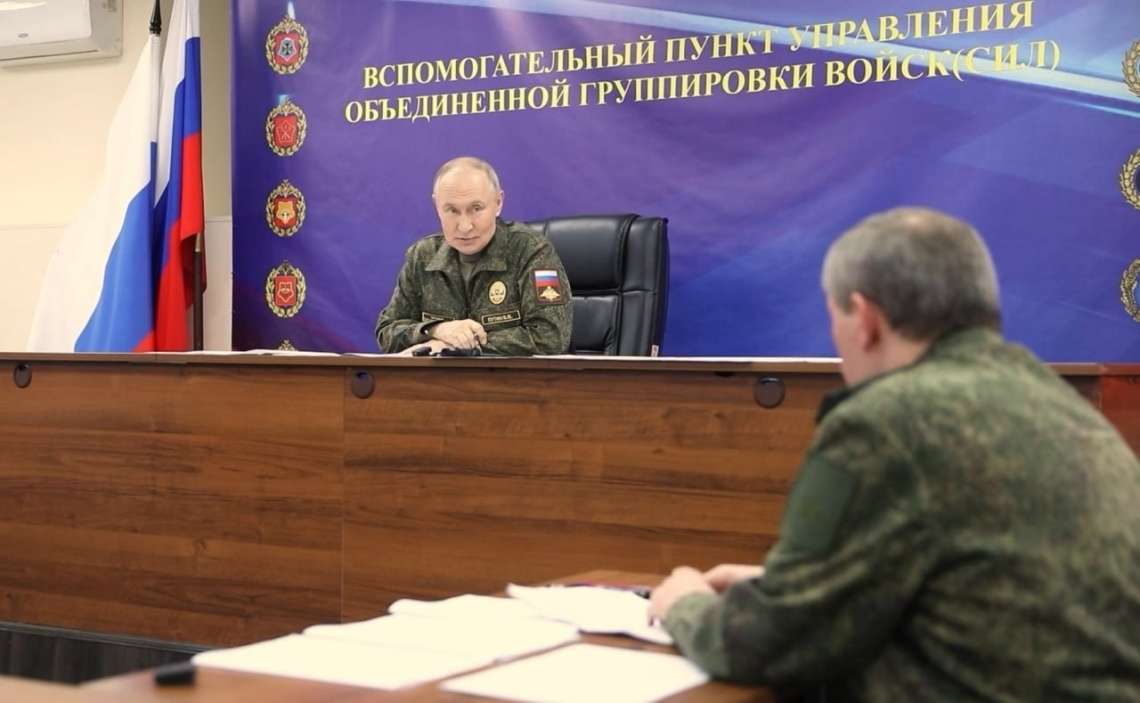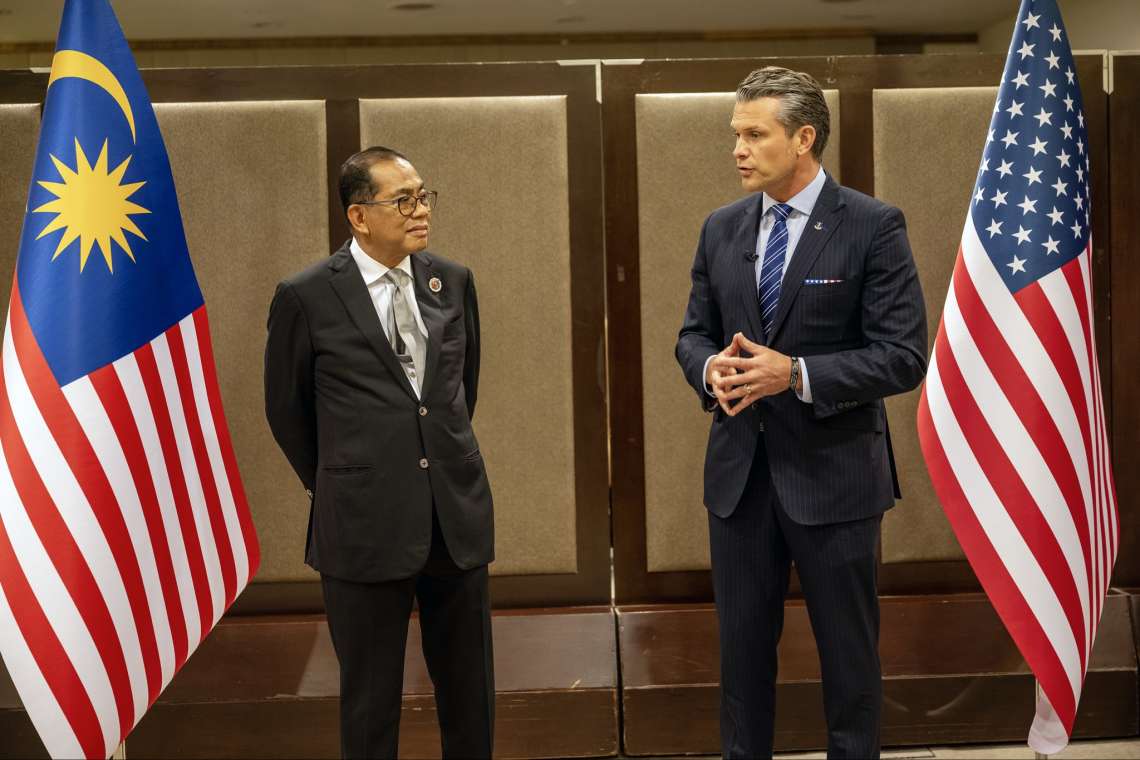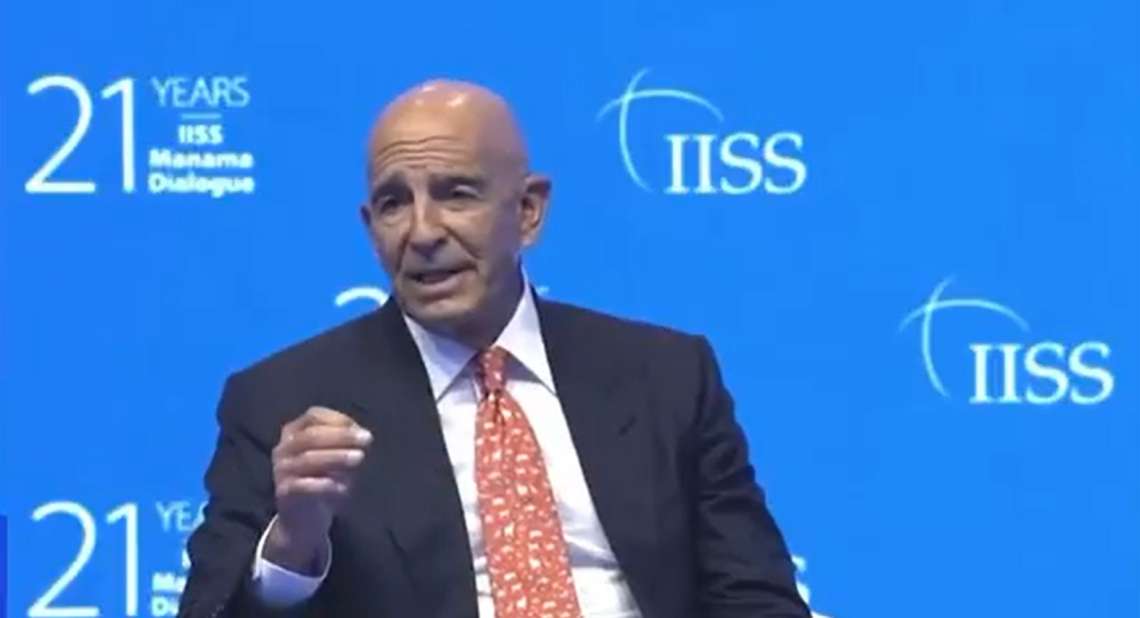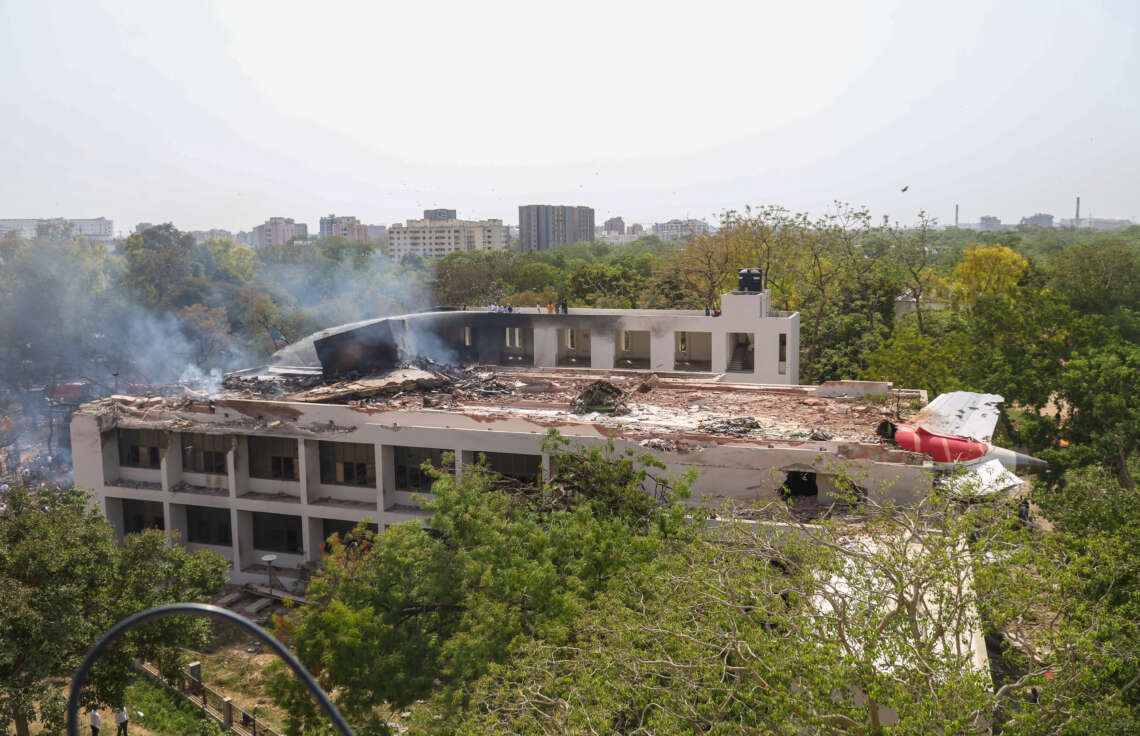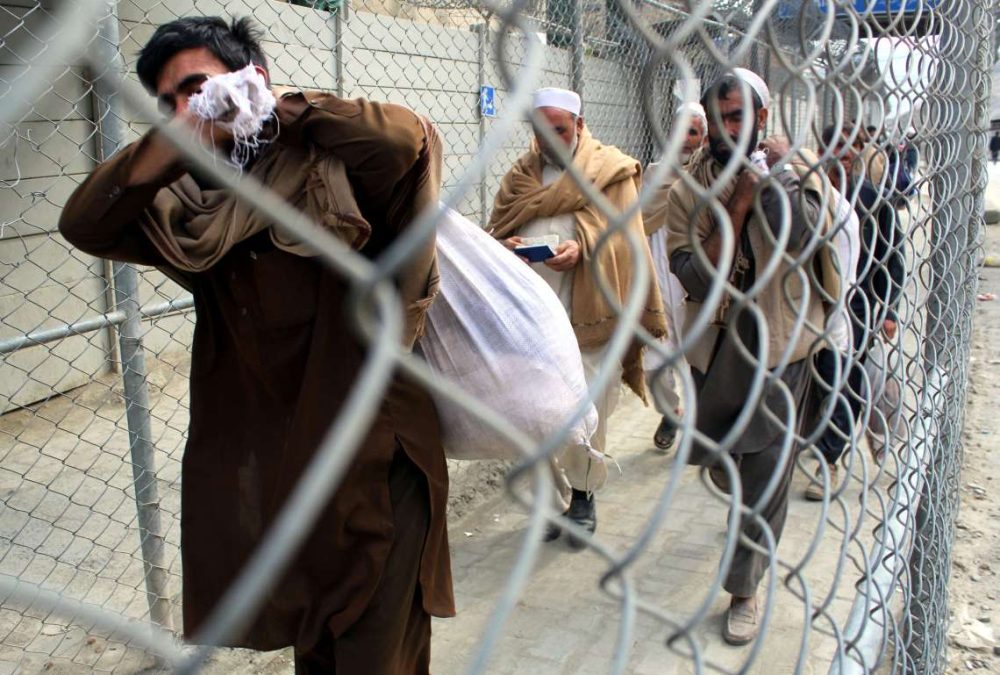The U.S. Army’s artillery command in Mainz-Kastel, Germany, is preparing for the temporary deployment of American long-range missiles to European soil by 2026….reports Asian Lite News
NATO must urgently expand its arsenal of long-range missiles to deter future aggression from Russia, a senior U.S. Army general has warned, citing Moscow’s growing investment in long-range weapons and air defense systems.
In an exclusive interview with Reuters, Major General John Rafferty, who recently completed his tenure as commander of the U.S. Army’s 56th Artillery Command, said Russia’s military has not only endured the war in Ukraine but grown in size and capability.
“The Russian army is bigger today than it was when they started the war in Ukraine,” Rafferty said from a U.S. base in Wiesbaden. “And we know they’re going to continue to invest in long-range rockets, missiles, and sophisticated air defenses. So more alliance capability is really, really important.”
Russia’s extensive use of long-range missiles in Ukraine—targeting command centers, logistics hubs, and weapon launchers deep behind frontlines—has underscored the strategic significance of such systems in modern warfare. Western military officials now view long-range strike capacity as essential to deterrence.
The U.S. Army’s artillery command in Mainz-Kastel, Germany, is preparing for the temporary deployment of American long-range missiles to European soil by 2026. The plan, agreed during the Biden administration, includes the Tomahawk cruise missile (range: 1,800 km) and the hypersonic Dark Eagle missile (range: 3,000 km).
But with Donald Trump back in the White House, uncertainty looms over whether the deal will proceed as planned. German Defense Minister Boris Pistorius is expected to raise the issue in talks with U.S. Defense Secretary Pete Hegseth this week.
Russia has sharply criticized the proposed deployments, calling them a serious threat to its national security. It has also dismissed NATO concerns about potential aggression against alliance members and cited the bloc’s eastward expansion as a motive for its 2022 invasion of Ukraine.
The Ukraine war has laid bare Europe’s dependence on the U.S. for long-range strike capabilities. According to Fabian Hoffmann, a missile specialist and doctoral researcher at Oslo University, the U.S. provides about 90% of NATO’s long-range missile capacity.
“Long-range strike capabilities are crucial in modern warfare,” Hoffmann said. “You really, really don’t want to be caught in a position like Ukraine in the first year of the war—without such weapons. That puts you at an immediate disadvantage.”
European nations do possess some long-range systems, but their reach and numbers remain limited. Cruise missiles such as Britain’s Storm Shadow, France’s SCALP, and Germany’s Taurus can strike targets several hundred kilometers away, while France’s sea-launched MdCN can exceed 1,000 km. All are produced by European weapons manufacturer MBDA.
By contrast, U.S. systems can target adversaries thousands of kilometers away—offering a strategic depth Europe currently lacks.
Under pressure from Washington and prompted by security concerns, European NATO members have committed to ramping up defense spending and developing their own long-range weapons.
France, Germany, Italy, Poland, Britain, and Sweden have joined forces under a new initiative known as the European Long-Range Strike Approach (ELSA). In May, Britain and Germany announced the start of joint development on a missile with a range exceeding 2,000 km.
The initiative aims to reduce Europe’s reliance on U.S. firepower and ensure faster response capabilities in the event of a regional conflict.
As Rafferty emphasized, bolstering NATO’s long-range arsenal is not merely a matter of parity—it is a critical pillar of deterrence in a security landscape increasingly shaped by missile reach and precision.
“NATO’s ability to hold adversaries at risk from distance is absolutely vital,” he said. “It sends a strong message: we are ready.”


